CarEdge saved me over 4,500 dollars on a brand new Honda Pilot. I can't say thank you enough.
Price intelligence
Find a wide range of vehicle listings with market insights on new and used listings near you.


Help us personalize your CarEdge experience — it only takes a second.
Your answers help us personalize your CarEdge journey — we’ll follow up with tips and next steps that match your buying timeline.

What makes EV ownership enjoyable? Fast charging, long range, and good reliability. In 2024, there’s a wider selection than ever in the search for affordable electric vehicles that won’t disappoint. Each offers a unique set of strengths, from the Tesla Model 3’s refreshed design and competitive total cost of ownership to the IONIQ 5’s ultra-fast charging. Plus, several cheap electric cars qualify for the revised federal tax credit. Here’s the need-to-know for America’s 5 best cheap electric cars and crossovers on sale in 2024.
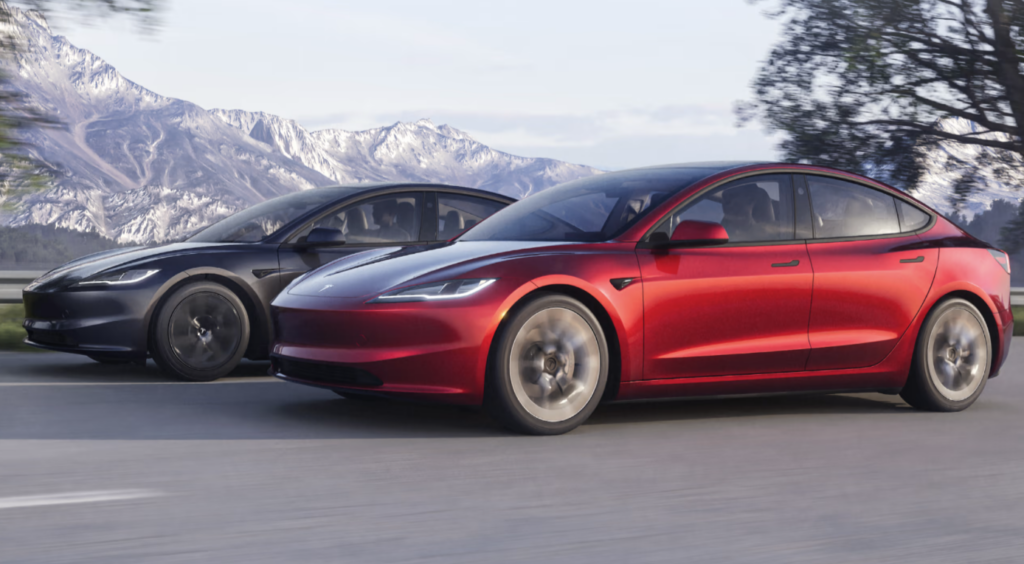
Price: Starting at $40,380 with destination fees
Range: 272 miles
Charging Speed: Charging speeds up to 170 kW, adding up to 160 miles in 20 minutes
Federal tax credit: Does not qualify due to new battery sourcing for the Model 3.
In 2024, the Tesla Model 3 was fully refreshed for the first time since its launch in 2017. However, due to battery mineral sourcing, the Model 3 no longer qualifies for the federal EV tax credit. Learn which models do qualify here. However, at this sub-$40,000 price, the Model 3’s fuel savings make it surprisingly competitive with a Toyota Camry when looking at total cost of ownership.
See pre-owned Tesla Model 3 listings with local market data
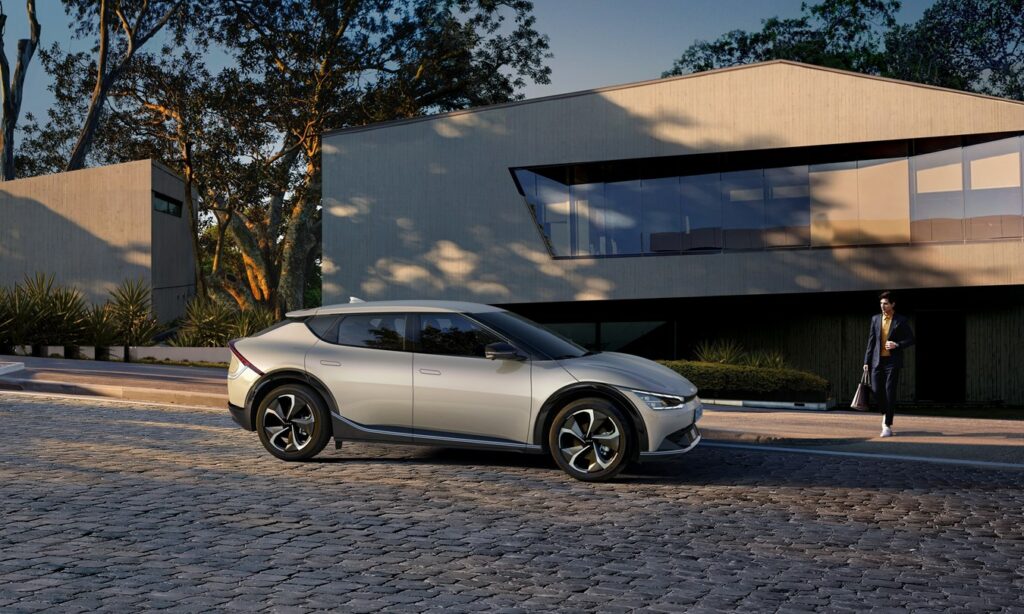
Price: Starting at $43,975 with destination fees
Range: 232 miles (EV6 Light Rear-Wheel Drive)
Charging Speed: Up to 230 kW speeds (adding 160 miles of range in as little as 18 minutes)
Federal tax credit: No, the EV6 does not qualify in 2024. It is currently built in Korea.
Get up to 310 miles of range with the higher-spec Light Long Range RWD, which starts at $45,950. The EV6 has won multiple awards, and is much-loved by owners. It charges VERY fast at public DC fast chargers, which comes in handy on road trips.
See pre-owned Kia EV6 listings with local market data

Price: Starting at $45,380 with destination fees
Range: 260 miles
Charging Speed: Up to 170 kW speeds (adding up to 160 miles in 20 minutes)
Federal tax credit: Yes, all Model Ys qualify. The tax credit is subject to household income limits. Learn more.
The Tesla Model Y is the best-selling EV in America in 2024. Prices have fallen by $20,000 over the past two years, and the federal EV tax credit has returned with the passage of 2022’s Inflation Reduction Act. The Model Y’s greatest strength is perhaps the Supercharger network, which takes the hassle out of charging. Along with the Model 3, this Tesla is the perfect choice for newcomers to the EV lifestyle, as long as you don’t mind the minimalist interior.
See pre-owned Tesla Model Y listings with local market data

Price: Starting at $44,795 with destination fees
Range: 247 miles
Charging Speed: Up to 115 kW speeds (adding up to 160 miles in 30 minutes)
Federal tax credit: Yes, the Mustang Mach-E qualifies for the federal EV tax credit (income limits apply). Learn more.
There’s an extreme oversupply of Mustang Mach-Es on Ford dealership lots right now. It’s an amazing EV, though Ford just built too many of them too fast. See the new cars with the most and least inventory.
See Ford Mustang Mach-E listings with local market data
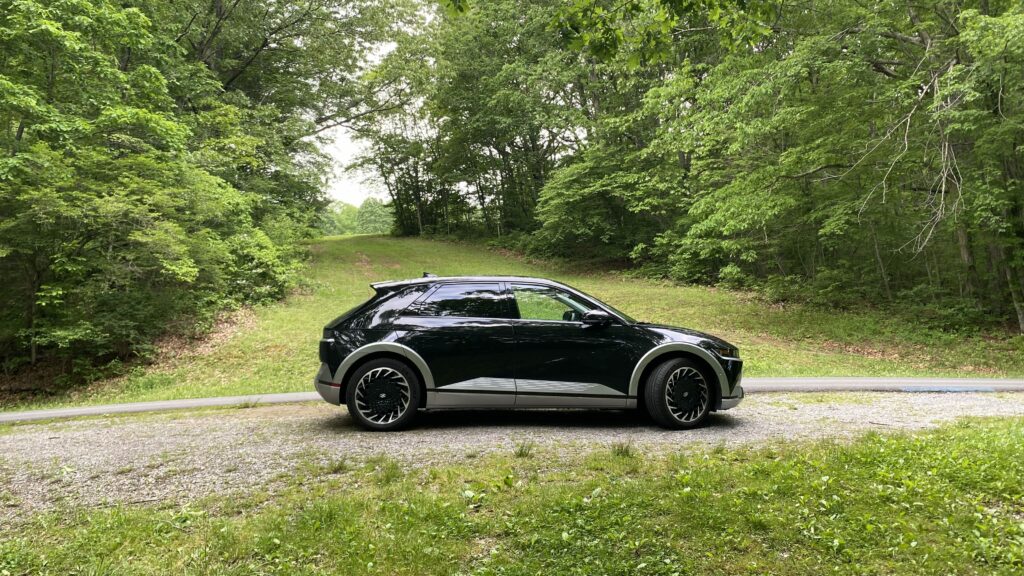
Price: Starting at $44,580 with destination fees
Range: 220 miles (SE Standard Range)
Charging Speed: Up to 230 kW speeds, adding up to 160 miles in 18 minutes
Federal tax credit: Sadly, the IONIQ 5 does not qualify for the federal tax credit. It is built in Korea. However, Hyundai is building an EV production plant in Georgia, which should return eligibility later this decade.
The cheapest IONIQ 5, the SE Standard Range, is rare here in the United States. That’s not such a bad thing when you consider that for just $4,000 more, you can get 303 miles of EPA-rated range. I own an IONIQ 5 Limited AWD, and after two years and 40,000 miles, I still love it. It’s the best car I’ve ever had. If you travel at least a few times a year, I highly recommend upgrading to the longer-range options.
See Hyundai IONIQ 5 listings with local market data
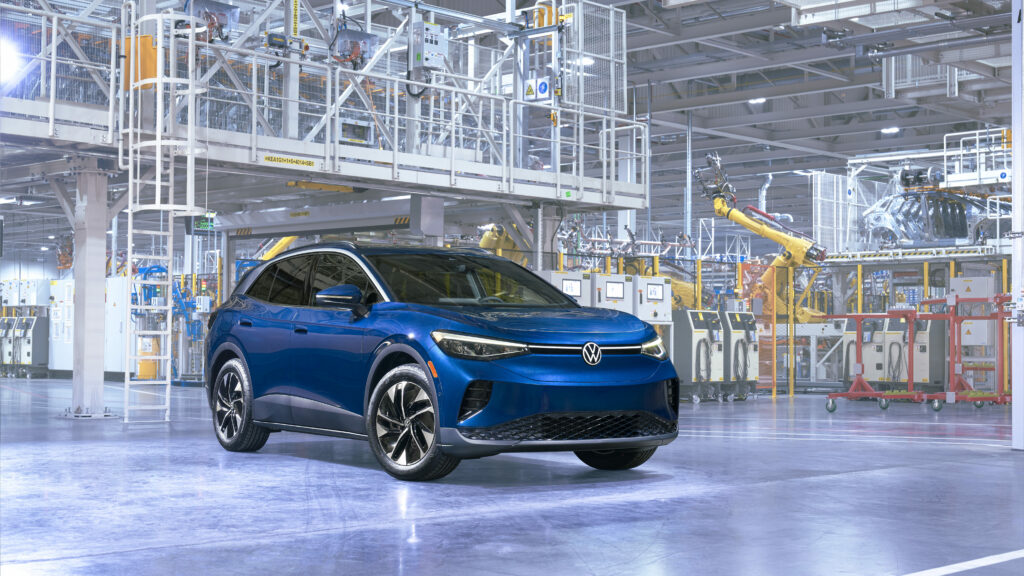
Price: Starting at $40,290 with destination fees
Range: 209 miles (ID.4 Standard)
Charging Speed: Up to 140 kW speeds (adding up to 160 miles of range in 40 minutes)
Federal tax credit: Yes, all ID.4s made in America qualify. Verify that your VIN was an American build. Learn more.
There are two reasons why the ID.4 didn’t quite make the top 5: slower charging and less range. If you rarely take long-distance road trips, or you are especially patient, the ID.4 is not a bad choice. The Volkswagen ID.4 is now built in Chattanooga, Tennessee. That’s great for many reasons, but especially because the ID.4 now qualifies for the $7,500 federal tax credit (income limits apply). Need more range? For $43,995, you can get 275 miles of range with the ID.4 Pro.
See Volkswagen ID.4 listings with local market data
In 2024, we’re seeing a gap in Bolt production as Chevrolet launches the faster-charging but more expensive Equinox EV, and re-tools a production facility in Kansas to bring the next generation of the Bolt EV to life in 2025. The Bolt was super affordable, starting well under $30,000 before the tax credit. However, it charges painfully slow for frequent travelers. However, there are a few 2023 Bolt EVs left on the market. You can check them out here.
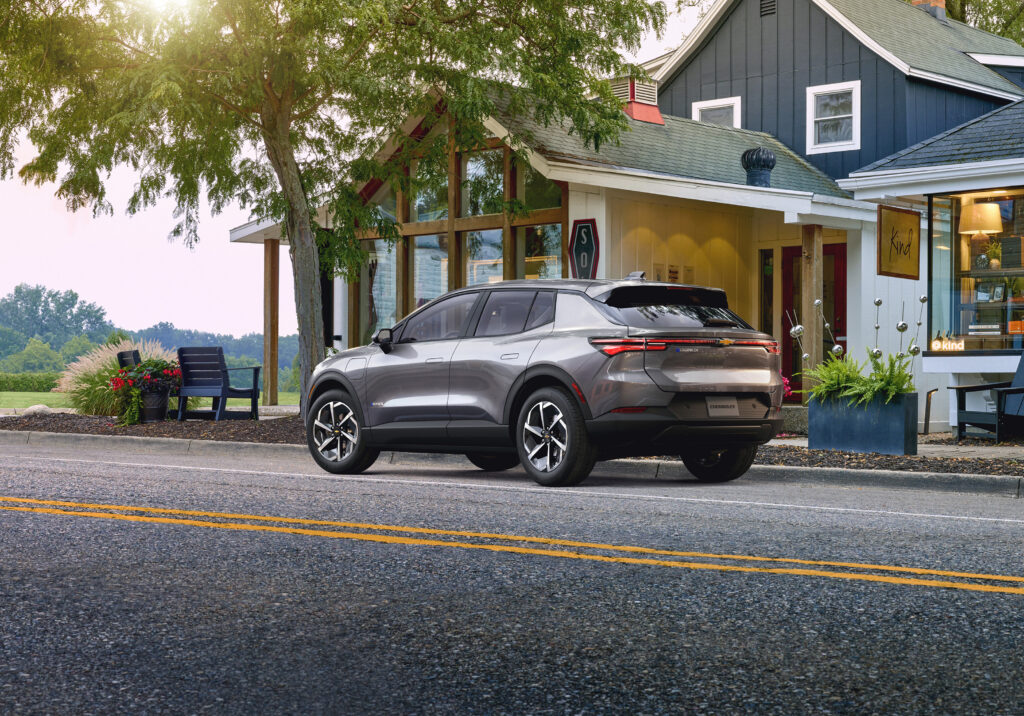
The Equinox EV simply hasn’t arrived yet. It’s starting price was just announced at $34,995, but it will be far more capable than the last generation’s Chevy Bolt. Expect a larger, faster-charging EV for about $7,000 – 10,000 more than the Bolt.
Why not the Nissan LEAF? Sadly, Nissan continues to produce the LEAF with outdated hardware. Even in 2024, the LEAF includes a charging standard that the rest of the industry has long since moved on from. It’s called the Chademo plug, and you’re in for some serious inconveniences if you travel at all in a Nissan LEAF. For that reason, we can’t recommend the LEAF until Nissan finally switches over to either CCS or NACS charging standards.

Despite achieving a record-breaking sales year in 2023, with over 11 million vehicles sold worldwide, Toyota is currently navigating through a turbulent period marked by a series of scandals and controversies across its 17 companies. The Japanese automotive giant, renowned for its quality and safety, has been hit by governance issues and testing irregularities that threaten to tarnish its global reputation. Should you be concerned about Toyota reliability? Here’s what you need to know.

Toyota’s chairman, Akio Toyoda, has publicly apologized for the scandals plaguing its subsidiaries, including small-car maker Daihatsu, truck manufacturer Hino Motors, and Toyota Industries, which is responsible for producing engines. The issues primarily revolve around certification test procedures for cars and engines, casting a shadow over Toyota’s commitment to quality and integrity. In a bold move, Toyoda addressed the media and stakeholders, expressing deep regret for the inconvenience and concern caused by these irregularities.
“I would like to express my deepest apologies to our customers and stakeholders for the inconvenience and concern caused by the successive irregularities at Hino Motors, Daihatsu and Toyota Industries,” Toyota Chairman Akio Toyoda told reporters

The repercussions of these scandals are already being felt among affected brands. Daihatsu suspended shipments of all its cars following a safety scandal investigation that revealed issues with 64 models, some of which are sold under the Toyota brand.
This has led to a significant drop in Daihatsu’s global production and sales. The Daihatsu scandal led the company to halt production. Toyota itself has halted shipments of certain models, including the Hilux truck and Land Cruiser 300 SUV, after an independent panel discovered wrongdoing in tests for diesel engines produced by Toyota Industries.
The situation worsened when Japanese transport officials raided a Toyota-affiliated plant after the company admitted to cheating on engine testing. This admission adds another layer to the company’s current woes. This scandal is particularly damaging as it involves some of Toyota’s most popular international models, including the Land Cruiser and Hilux SUVs, affecting markets in Japan, Europe, the Middle East, Africa, and Asia.
Takata’s massive airbag recalls have been ongoing for over a decade. Since 2013, over 40 million cars and trucks have been recalled due to dangerous hazards from the airbags.
In 2024, Toyota is expanding the Takata airbag recall even further. The company has issued a warning to owners of about 50,000 vehicles in the United States. The new Toyota recall includes certain model years of the Corolla and RAV4. Toyota advises drivers to take their vehicles in for service immediately.

These are the models and years affected by the most recent Toyota recall:
See if your VIN is included in ANY Toyota recall here.
As Toyota grapples with these multiple fronts of controversy, leadership is under pressure to steer the company out of scandal and restore its image. However, with no concrete plan of action, Toyota drivers are wondering what’s next.
Should you be concerned about Toyota’s reliability? In the United States, no major issues have arisen aside from the decade-long Takata airbag recalls. Regardless, we highly recommend checking if your VIN is subject to ANY recalls, regardless of make or model. Use the U.S. NHTSA’s free recall checker here.
No matter how you look at it, Toyota’s resilience is under pressure. Drivers and competitors alike are watching closely to see how the automaker known for reliability will respond to these challenges.

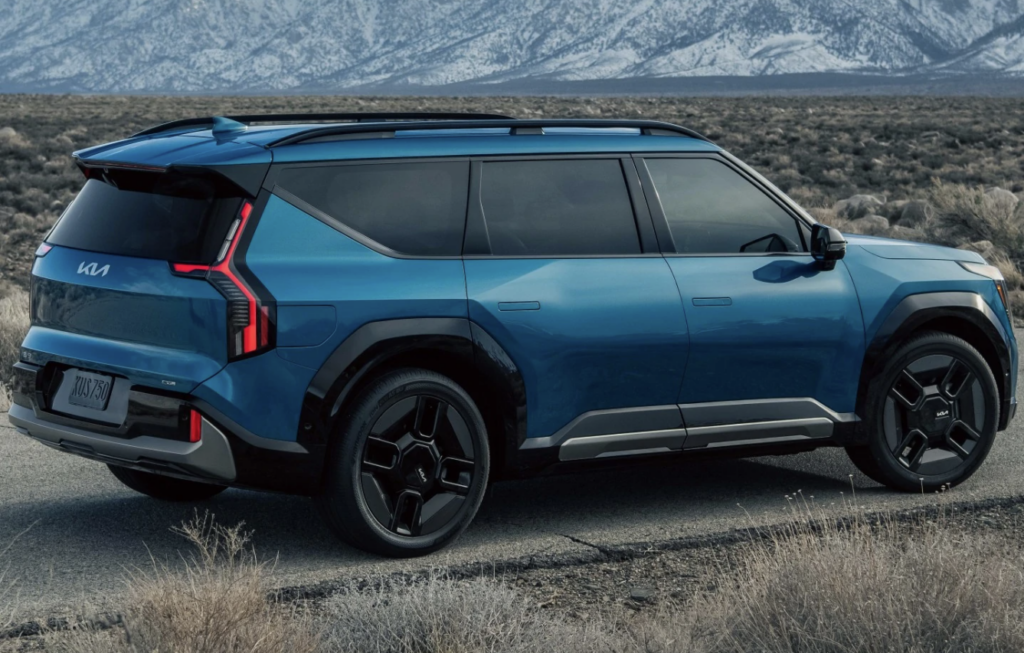
For the first time in over two decades, Super Bowl 58 will come and go without advertisements from America’s largest automakers. Ford, General Motors, and Stellantis, the parent company of Chrysler, are all sitting out the 2024 Super Bowl ad frenzy. Traditionally, the Detroit Three dominated Super Bowl car commercials. Not anymore. But which automakers ARE advertising in the 2024 Super Bowl? We’ve got the complete list below.
By the way, if you’re wondering how much Super Bowl commercials cost this year, the latest word on the street is somewhere north of $7 million per 30-second spot.
Toyota is all-in on the Super Bowl this year with a series of ads starring former NFL quarterback Eli Manning, YouTuber Pushing Pistons, and other big names. These ads will showcase various Toyota models, including the Supra and the all-new Land Cruiser SUV. From the teasers we have, it’s interesting to see Toyota advertising niche models rather than going for mass appeal.
Here’s another Toyota Super Bowl commercial:
Should you worry about the recent Toyota scandal? Here’s what we think.
Volkswagen is returning to Super Bowl advertising for the first time since 2014, with a focus on its electric vehicle lineup. The ad for the all-new ID Buzz all-electric van aims to highlight Volkswagen’s evolution from its iconic Beetle to today’s electric offerings. Volkswagen’s EVs have been no exception to the current ‘EV winter’, as the ongoing sales slump has been called.
See VW listings with local market data.
BMW’s advertisement highlight its new hybrid and electric models, and features actor Christopher Walken.
See this month’s best BMW deals.
Kia, on the other hand, is set to advertise its all-electric EV9 SUV. In January, the EV9 outsold the EV6 just one month after hitting the market. Finally, a somewhat affordable 3-row EV is here.
Are Kia’s New Cars and SUVs Reliable?
Could 2024 be the last time we see a meaningful number of automotive Super Bowl ads? With the price tag for a half-minute spot climbing ever higher, it’s no surprise that OEMs are turning down the opportunity in times of strong headwinds. With struggling transitions to EVs everywhere you look, automakers are likely to have plenty of reasons to spend less in the years ahead.
What we could see next year is newcomers to Super Bowl commercials. It wouldn’t surprise us if the likes of Rivian, Lucid, and even Tesla fork over $10 million for a 30-second spot in 2025. Is it a wise use of millions of dollars? That’s up for you to decide.
What do you think? Let us know in the comments below.

Ready to outsmart the dealerships? Download your 100% free car buying cheat sheets today. From negotiating a deal to leasing a car the smart way, it’s all available for instant download. Get your cheat sheets today!

As Presidents’ Day approaches, many wonder if it’s a wise time to purchase a new vehicle. Traditionally, year-end sales boast the most attractive discounts, but 2024 is close to bucking that trend. Thanks to a continuing oversupply of new cars, the enticing offers of financing, cash back, and lease deals have spilled over into February, making Presidents’ Day a great time to buy a car, but only if you’re taking advantage of this month’s promotions. Let’s take a look at the 5 best offers for drivers looking to finance, lease, or pay cash this month.

Chevrolet: Drive home a 2024 Chevrolet Silverado 1500 at just 2.9% APR for up to 72 months. This is a rare truck financing offer at today’s interest rates! Learn more.
Nissan: The 2023 Ariya EV shines with 0% APR for 72 months plus $1,000 in total savings. For truck enthusiasts, the 2023 Titan and Titan XD come with 0% APR for 60 months, coupled with $2,000 in total savings.
Hyundai: The 2024 Tucson and 2023 Santa Fe are available at 0% APR for 36 months, with an added bonus of $1,000 off MSRP.
Ford: Finance a new 2023 F-150 at 1.9% APR (exclusive CarEdge offer)
Mazda: This month, there’s a 0% APR offer for the 2024 CX-30 and a 1.9% APR offer for 60 months for the 2024 CX-50 (most trims). The 2024 CX-5 qualifies for 0.9% APR (exclusive CarEdge offer)
Subaru: 1.9% APR for 48 months: 2024 Subaru Outback
👉 Truck Deals Abound: Keep an eye out for exceptional truck offers this Presidents’ Day. Here are the best truck deals in February.

Hyundai: New Hyundais are available at invoice pricing, which means significant savings below MSRP (exclusive CarEdge offer).
Even more from Hyundai: Additionally, cash offers include $1,750 for the 2023 Sonata, $1,500 for the 2024 Tucson, and $1,750 for the 2023 Santa Fe.
GMC: The 2023 and 2024 Sierra 1500 models come with up to $3,250 cash incentive with trade-in, no payments for 90 days, plus 0.9% APR.
Ram: The 2023 Ram 1500 Classic is available at 15% below MSRP, and remaining 2023 Ram 1500s are eligible for a $4,000 discount.
Chevrolet: The 2024 Silverado 1500 offers either 2.9% APR for 72 months or a $5,000 total cash offer with a trade-in.

Jeep Compass Latitude Lux 4×4 (2024): Sign and drive lease for $399/month for 39 months, including a $1,500 loyalty incentive for returning Jeep lessees. (exclusive CarEdge offer)
Dodge Hornet R/T AWD (2024): Sign and drive lease for $449/month for 24 months, with a $4,500 loyalty incentive for returning Dodge lessees. (exclusive CarEdge offer)
Ram 1500 Quad Cab Night Edition 4×4 (2024): Sign and drive lease for $479/month for 42 months, including a $3,000 loyalty incentive for returning Ram lessees. (exclusive CarEdge offer)
Chevrolet Trax LS (2024): Sign & Drive lease for $359/month for 48 months, with a requirement of another lease in the household. (exclusive CarEdge offer)
Chevrolet Silverado 1500 2FL (2024): Sign & Drive lease for $499/month for 36 months, also requiring another lease in the household. (exclusive CarEdge offer)
In conclusion, Presidents’ Day car deals in 2024 are remarkably favorable due to the ongoing oversupply of new cars. This surplus has led to more aggressive offers from manufacturers, making it an excellent time to consider a new vehicle. Oddly enough, it seems that many of the best year-end deals have spilled over into the new year. However, if you don’t plan to take advantage of the best offers, high interest rates make this a costly time to buy.
Our team has one simple take away message for you. If you’re going to buy a car this month, take advantage of low APR offers or attractive lease deals. Don’t fall victim to interest rates at 20-year highs!
👉 See ALL of the best APR offers this month
👉 See ALL of the best lease deals in February

Ready to outsmart the dealerships? Download your 100% free car buying cheat sheets today. From negotiating a deal to leasing a car the smart way, it’s all available for instant download. Get your cheat sheets today!
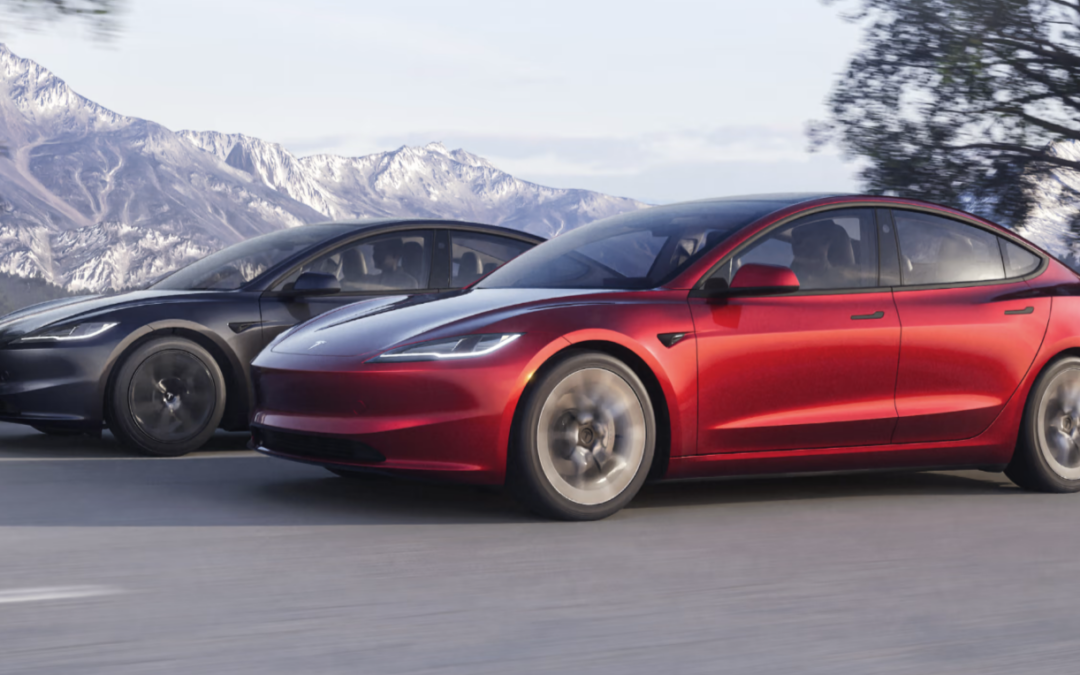
Tesla’s journey through the years has been a tapestry of innovation, disruption, and at times, controversy. Despite a mixed record of reliability, Tesla has undeniably cemented its position as a frontrunner in American EV sales, boasting 50% market share in 2024. With Tesla’s pricing becoming increasingly attractive, a new wave of drivers is exploring Tesla models for the first time. Consumer Reports, through rigorous testing and extensive surveys, offers insights into the reliability of Tesla’s lineup. But how does Tesla’s reliability stack up against other automakers? We’ll answer this question and more as we look at the most reliable Tesla models in 2024.

As of 2024, Consumer Reports ranks Tesla’s overall brand #14 of the 30 car brands that they’ve tested.
Their rankings are based on Tesla’s predicted reliability score. This time-tested method of scoring reliability includes all the vehicles within that brand for the newest three model years from the latest Consumer Reports member survey.
Here are the 10 most reliable automotive brands, according to CR.

Want to see the whole list with the finer details? Check it out here.
Surprisingly, Tesla’s two most affordable models are their most reliable, according to testing and surveys done by Consumer Reports. The most expensive Tesla models are actually the least reliable.
In 2024, the Tesla Model 3 and Model Y are the most reliable. Let’s zoom in to the details.

Price: $38,990 – $45,990
Predicted Reliability: 47/100

Overall CR Score: 71/100
The 2024 Tesla Model 3 boasts an impressive electric range of 341 miles. Tesla’s Supercharger network ensures convenience and efficiency, significantly reducing downtime during trips. The Model 3 was recently joined by the Hyundai IONIQ 6 in the club of long-range electric sedans. If recent sales trends are any indication, the Model 3 continues to be favored by more buyers. Learn more about Consumer Reports’ Tesla Model 3 reliability ratings here.
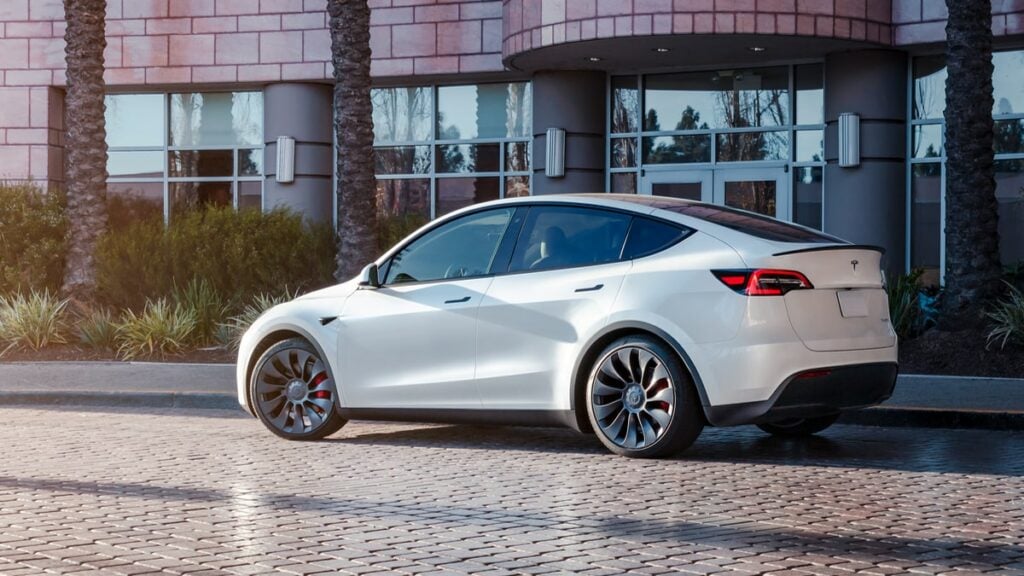
Price: $43,990 – $52,490
Predicted Reliability: 41/100

Overall CR Score: 72/100
In 2023, Tesla sold approximately 403,700 Model Ys in a record year for the company. Consumer Reports expects the 2024 Model Y to have average reliability when compared to the average new car. This prediction is based on Consumer Reports data from 2021, 2022 and 2023 models. Learn more about Consumer Reports’ Tesla reliability ratings here.

Price: $74,990 – $89,990
Predicted Reliability: 30/100

Overall CR Score: 63/100
The Tesla Model S is the original mainstream Tesla model, although mainstream only for luxury buyers. The Model S proved that electric vehicles had a future. In 2024, it remains in Tesla’s lineup as a tiny fraction of it’s previous importance to the company. Sales have dwindled as the Model 3 and Model Y have moved to the forefront.
The Model S has an electric range of 320 to 405 miles depending on the model, with a 100 kWh lithium-ion battery. It supports plug-in charging with various options, including a Supercharger at 150–250 kW DC, allowing for rapid charging. If you’re looking for an electric luxury sedan, the Model S should be on your short list. However, Consumer Reports found multiple trouble areas when reviewing the reliability of the Model S. Learn more about Consumer Reports’ Tesla Model S reliability ratings here.

Price: $79,990 – $94,990
Predicted Reliability: 27/100

Overall CR Score: 53/100
The Tesla Model X is the least reliable Tesla model, but it’s also the most expensive. Known for its distinctive gull-wing doors, the Model X offers a cargo volume ranging from 15 to 37.1 cubic feet, which expands to 91.6 to 92.3 cubic feet with the seats down. It was the sole 3-row electric SUV until the Rivian R1S and Kia EV9 were introduced. With a range of up to 335 miles, the Model X combines practicality with Tesla’s renowned electric performance. Learn more about Consumer Reports’ Tesla Model X reliability ratings here.

Price: $60,990 – $99,900+
Predicted Reliability: The Cybertruck has not yet been tested by Consumer Reports. We expect CR to test Tesla’s truck late this year.
Overall CR Score: N/A
Reviews of the Cybertruck are now available. We recommend this thorough review from Out of Spec on YouTube.
In 2024, Tesla’s reliability narrative is a blend of highs and lows, with Consumer Reports placing Tesla models below average in terms of reliability. However, the Tesla Model 3 and Model Y emerge as beacons of relative dependability within the Tesla lineup, anticipated to be the most reliable among Tesla’s offerings.